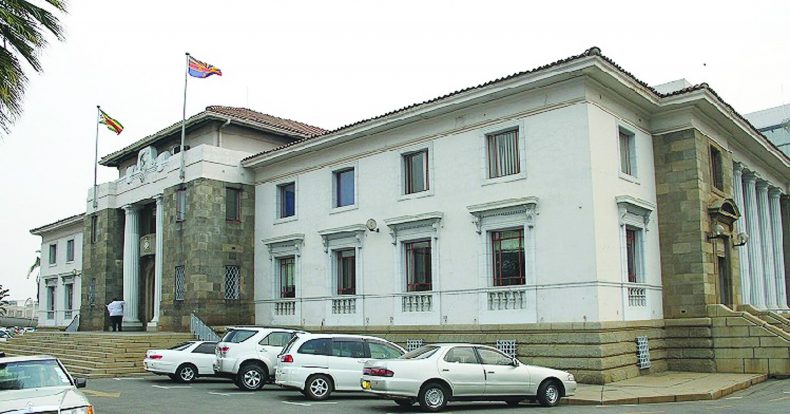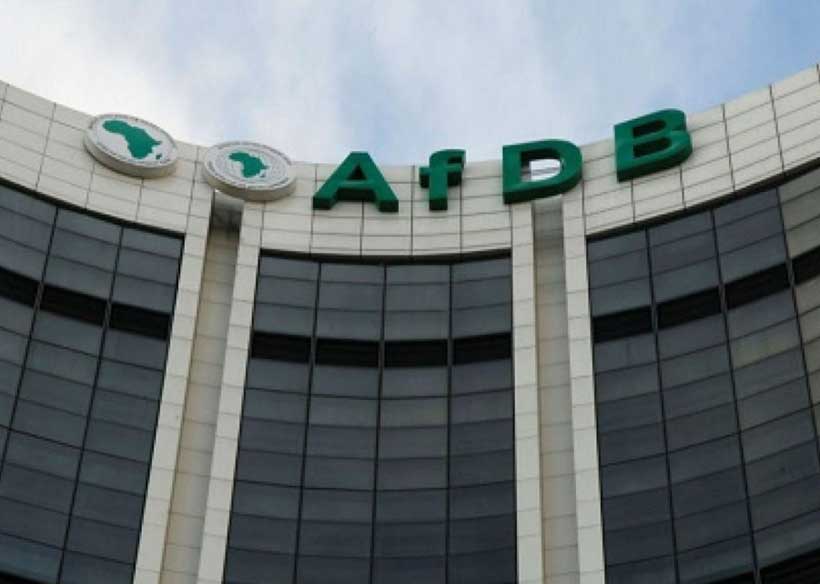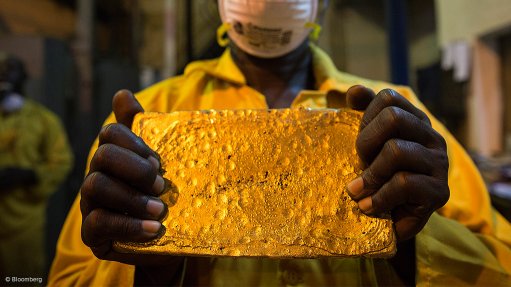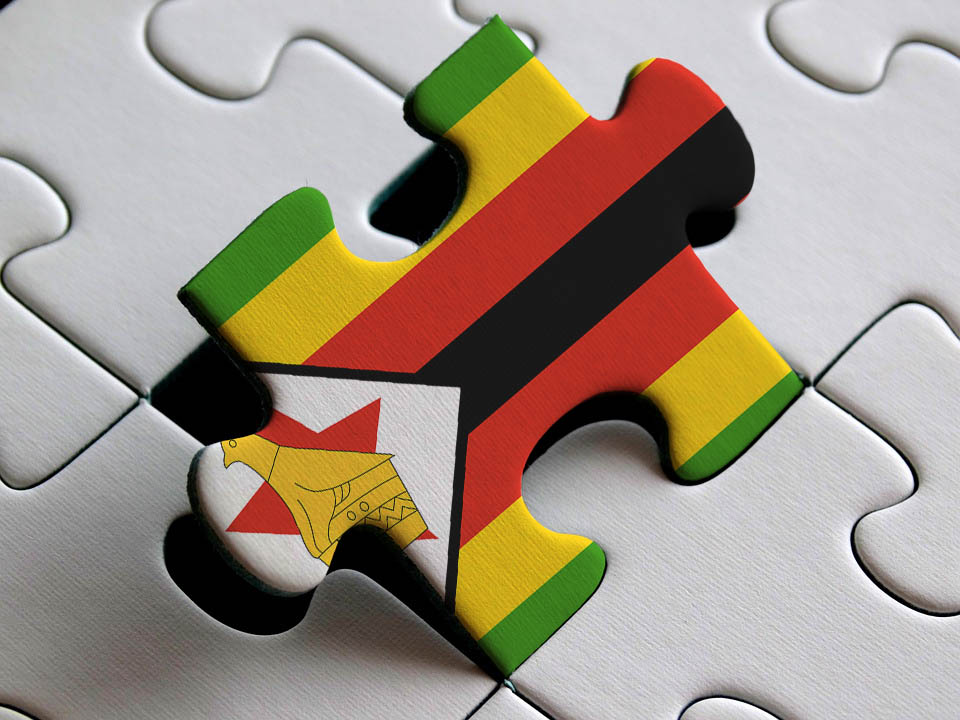Govt pursues renewed efforts to reboot Zisco
The Government has outlined key initiatives to revive the mothballed State-owned Zimbabwe Iron and Steel Company (Zisco), a critical operation in Zimbabwe’s quest to accelerate industrialisation and grow the economy.
Once the largest steel maker in Southern Africa, Zisco shut down operations in 2008 due to a combination of factors, including hyperinflation, corruption and mismanagement.
The closure resulted in significant economic and job losses, as well as the decline of related industries.
At the peak of its powers, Zisco produced 1,2 million tonnes of steel per year and employed more than 4 500 people.
Several initiatives, including collapsed investment deals with Global Steel Holdings of India and Esser Africa, have failed to yield the desired turnaround objectives.
Zimbabwe’s steel imports are significant, reaching nearly half a billion dollars annually. Key sources include South Africa, India and China.
The country’s steel consumption is estimated at 1,5 million tonnes per year.
However, the iron and steel sector remains critical for economic growth and development, including construction, automobile and other manufacturing sub-sectors.
Industry and Commerce Minister Nqobizitha Ndlovu told Parliament recently that the ministry was already implementing the action plan agreed at the iron and steel indaba last year.
The minister indicated that some of the resolutions pertain to the revival of Zisco through promoting synergies with the Chinese firm Dinson Iron and Steel Company, which commenced production last year.
He said the start of production at Dinson Iron and Steel Company last year presented a unique opportunity to build synergies with the existing Zisco plant and other downstream industries.
This comes as the Government is close to signing a Memorandum of Understanding with two potential investors in a development expected to create healthy competition in the local steel industry.
He further noted that key initiatives were being undertaken as the iron and steel sector was at the core of re-industrialisation efforts to boost economic growth and create jobs.
“The first one is the reviving of the wire mill plant at Lancashire Steel, which will see the manufacturing of wire rods, drawn wire, weld wire, barbed wire, as well as galvanised wire,” said Minister Ndlovu.
In addition, it is expected to create more than 20 jobs and provide wire-related products to both up and downstream industries, and generate revenue for the company.
Minister Ndlovu said the second initiative entailed establishing a limestone beneficiation plant at Buchwa Iron and Steel Company to manufacture burnt lime, aggregate stones and mill limestone.
“We had Kuvimba, which had a management contract that has since been terminated owing to non-performance by the contractor.
“This, therefore, means that the Zisco board and management have regained urgency to manage and control their affairs, and we welcome this development at this critical juncture,” he said.
Zisco is mobilising resources to revive one of its kilns for limestone beneficiation into burnt lime.
Dinson produces pig iron and steel billets for export and will soon start the second stage of producing hot-rolled wires and rolling bars.
Minister Ndlovu said Dinson Iron and Steel Company had agreed in principle to leave certain types of steel products to be produced by Zisco.
These include shafts, wire, beams, angles, and flat sections.
Zimbabwe is estimated to hold over 30 billion tonnes of iron ore reserves, positioning it as a critical player in global steel production.
Despite these resources, Zimbabwe’s steel manufacturing capacity declined after the collapse of Ziscosteel, which was once the largest steel producer in Africa.-herald










